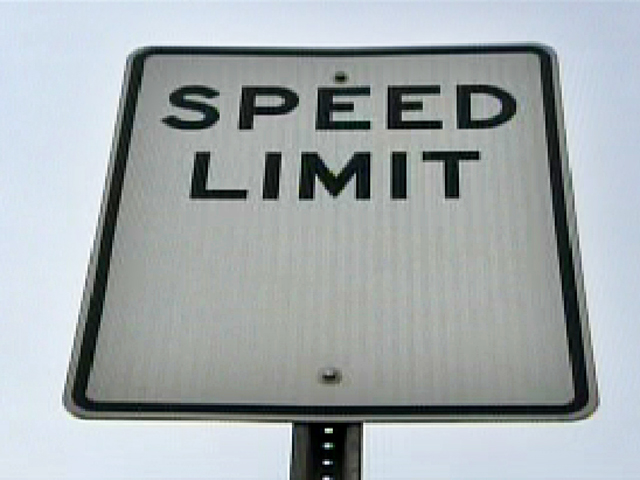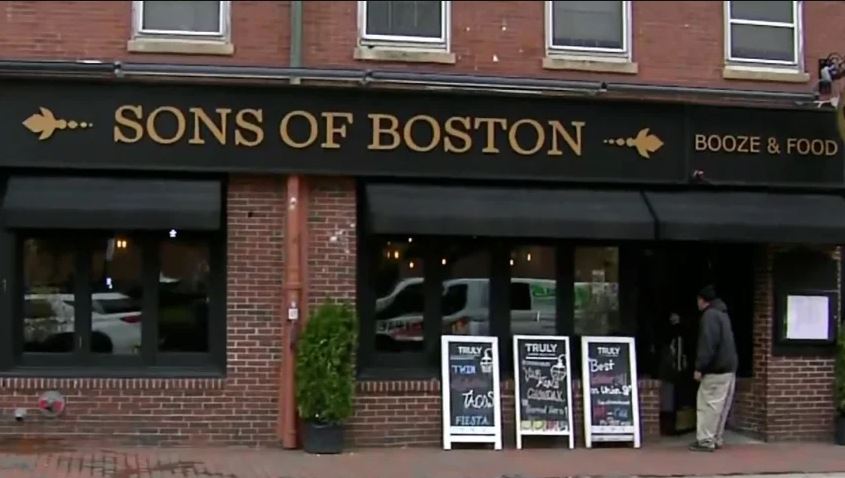Everyone who lives in Boston relies on the unreliable MBTA. So could proximity to and location on the T be affecting rents in the neighborhood?
According to the real estate listing site RentHop it could be! RentHop’s data scientists mapped out median rents for one-bedroom apartments by each T train stop and found some surprising results. Rents for one-bedrooms on the Red Line averaged $3000.
Rent on the Savin Hill stop averaged at $2,364 dropping 6.4%. However, rent on the Broadway stop went up to an average of $3,217 going up 7.2%. Rents near Andrew Station went up 8.6% but is still less than Savin Hill and Broadway at an average of $2200. At Ashmont Station rents went up 3.2% but is a still at an average of $1600.
Here are some other RentHop’s findings in this year’s data-backed study:
- Overall, Boston experienced moderate rent growth from 2017 to 2018, with around +3% YoY change.
- Rents increased at 90 stops across all train lines and went down at 21 stops. 10 stops experienced no growth in the past year.
- Rent for apartments in the Seaport District is driven up (+7.2%) by new apartment buildings, such as the Benjamin & VIA at 5 Fan Pier Boulevard and 25 Northern Avenue, which launched in late 2017.
- Back Bay continues to be one of the most expensive neighborhoods in Boston. With luxury buildings like the Arlington, Avalon at Prodential Center, and AVA Back Bay, one-bedroom median rents are over $3,400 at most stops.
You can check out the full date study and interactive map here!
Local
In-depth news coverage of the Greater Boston Area.
The post Is the Train of Rising Rents Slowing Down in Boston? In some neighborhoods it is. appeared first on Caught In Dot.



